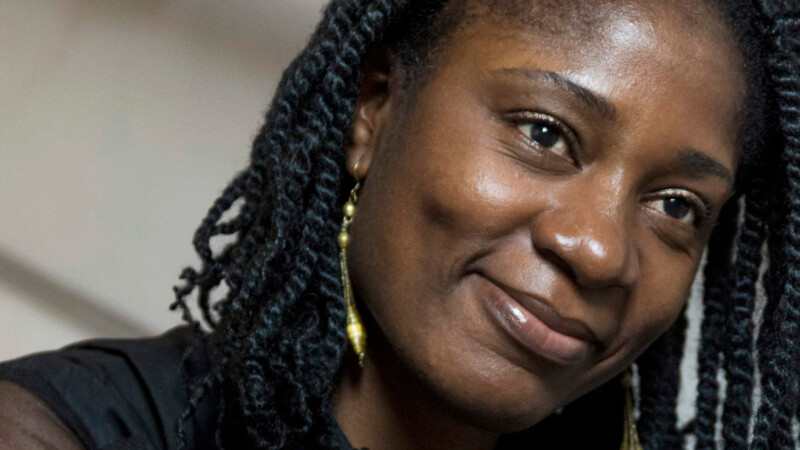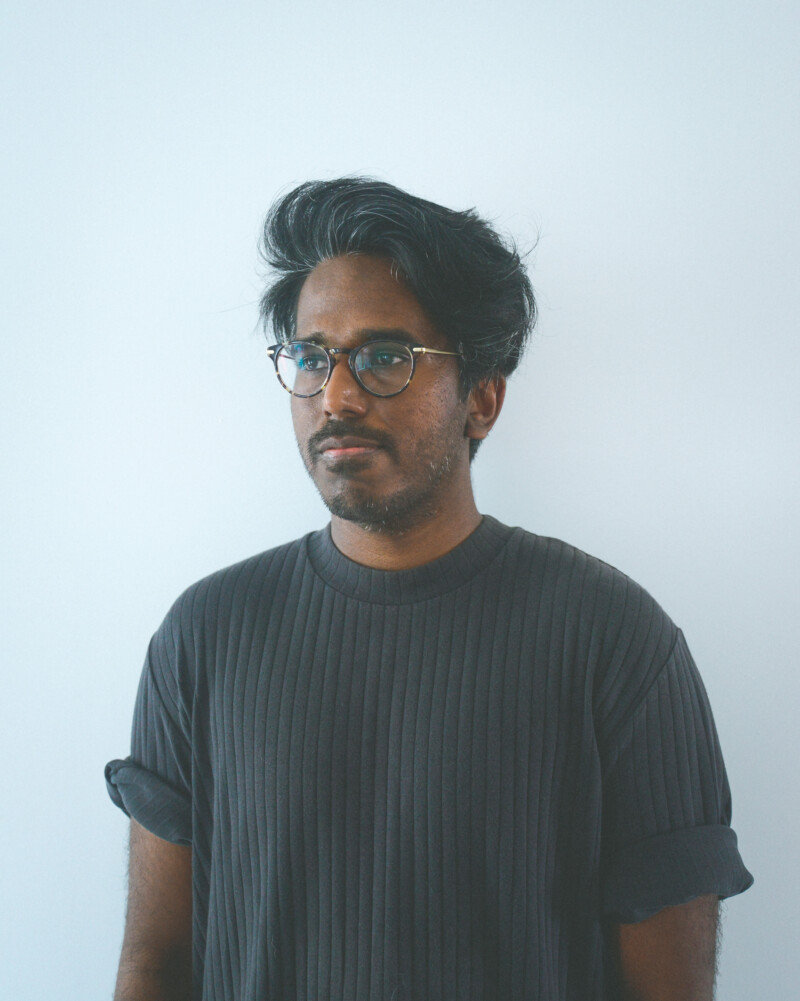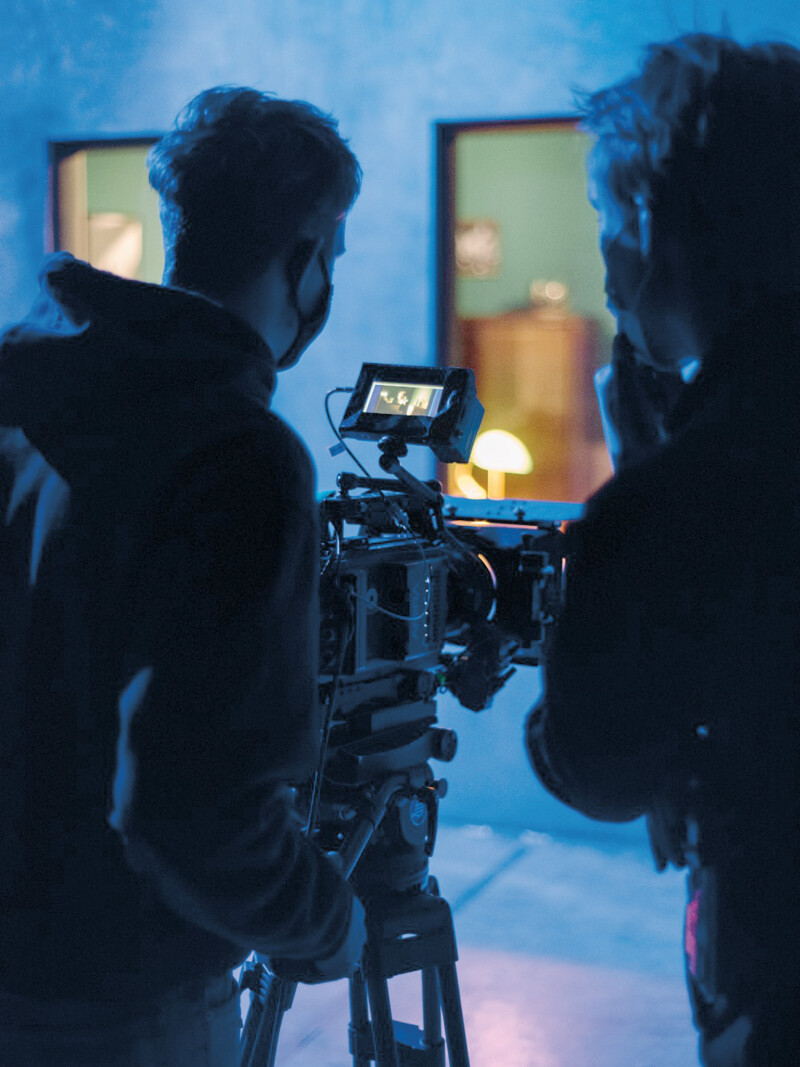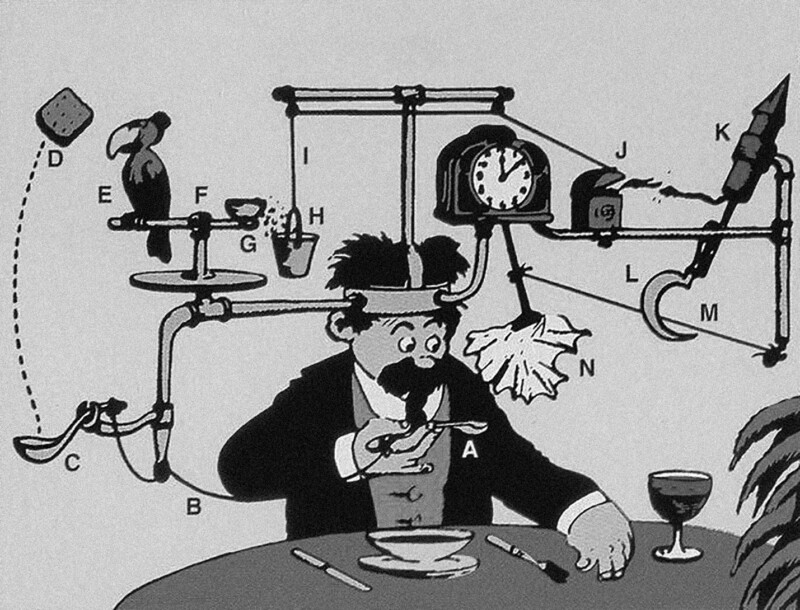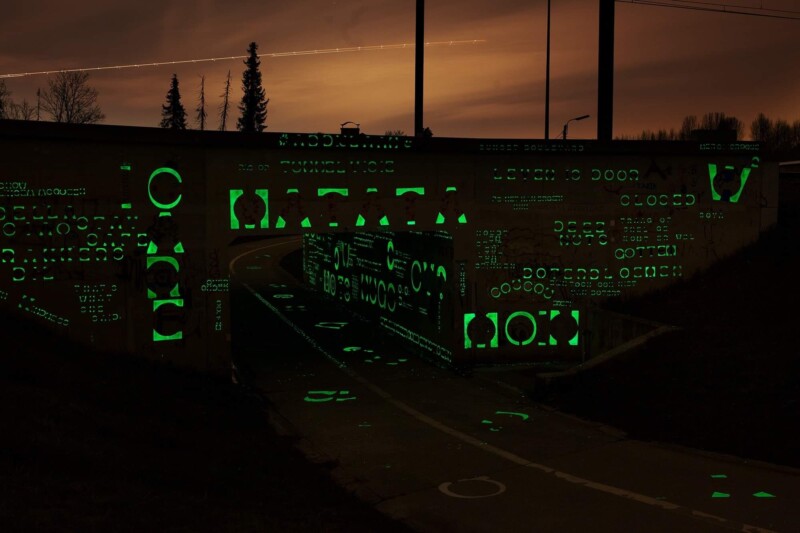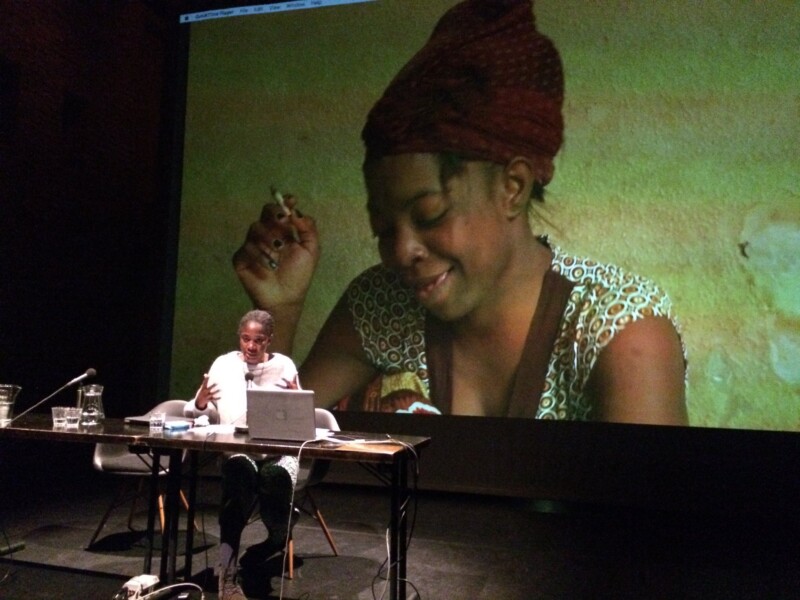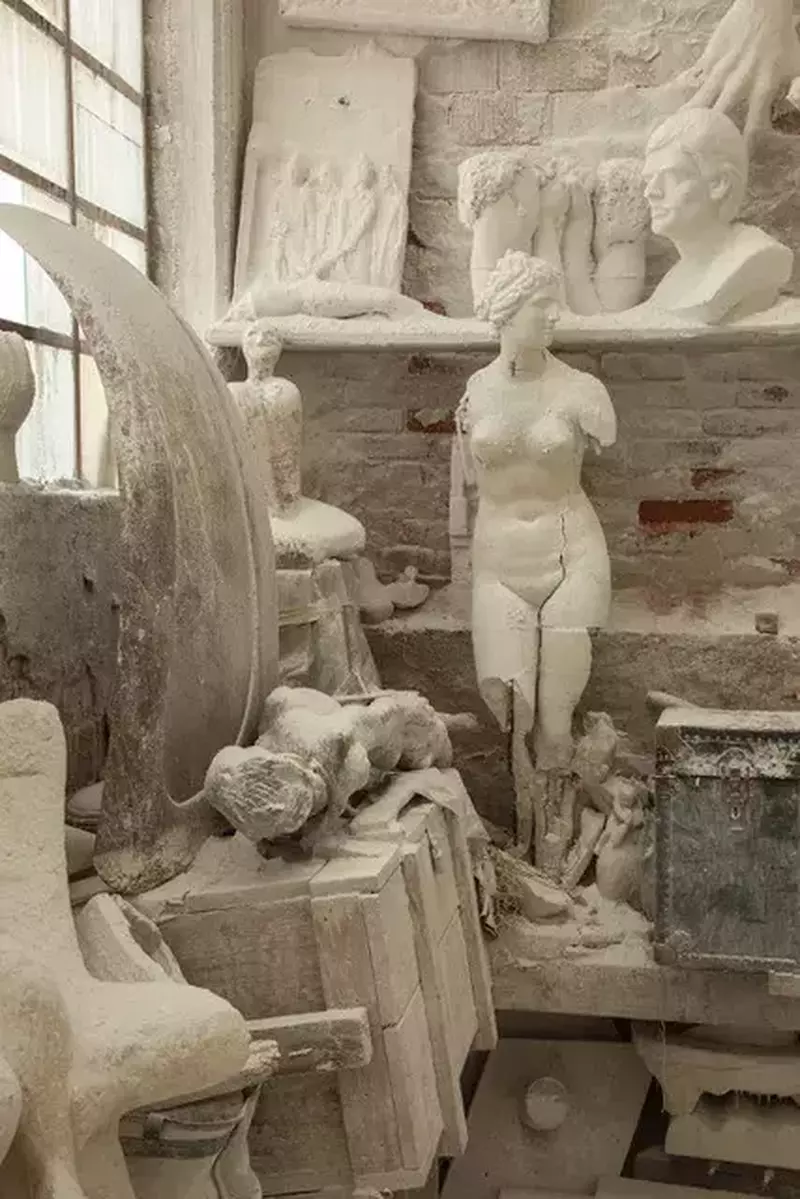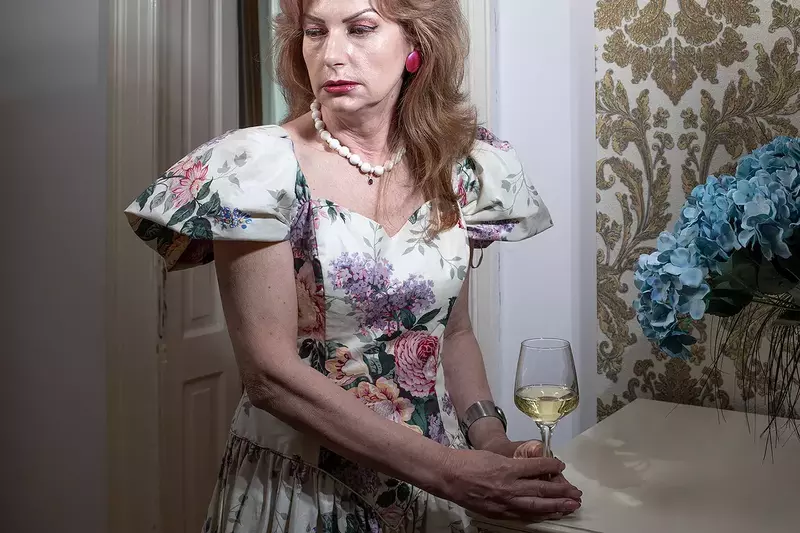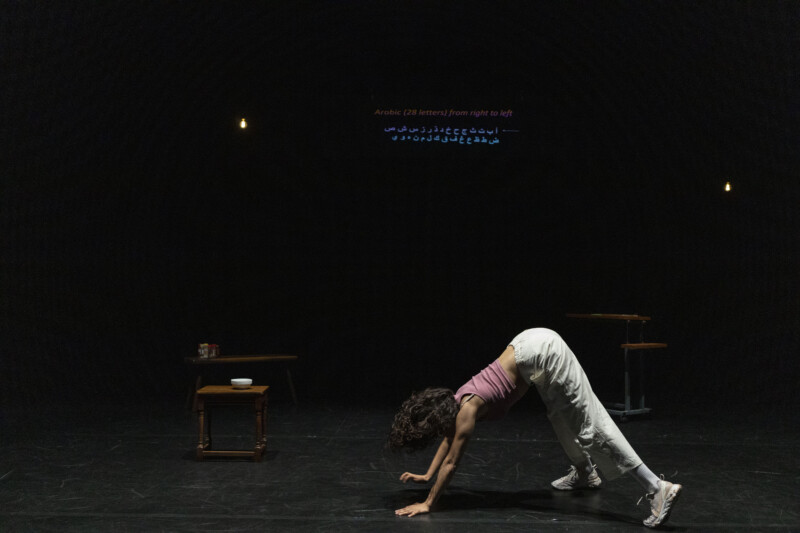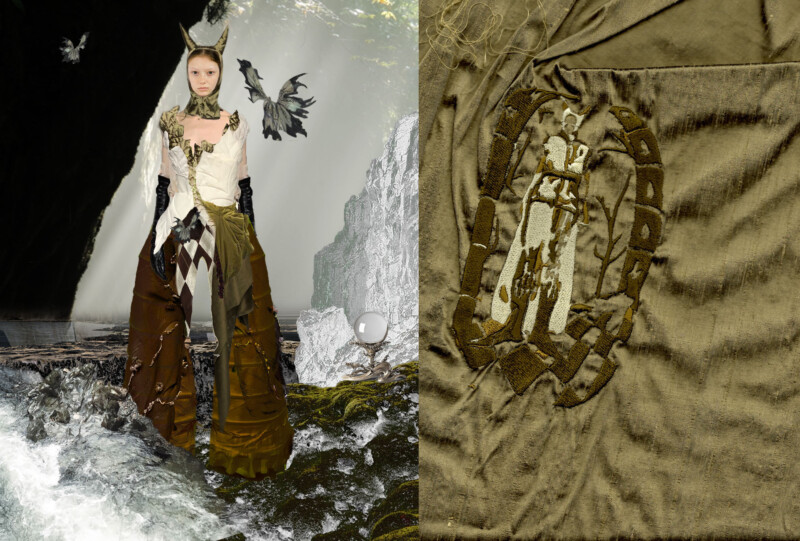An van. Dienderen & Rosine Mfetgo Mbakam
Prism

A conversation with the filmmakers
Most of us are familiar with the iconic cover of the Pink Floyd album The Dark Side of the Moon. A ray of light enters a triangular prism and comes out at the other end as a rainbow. Very nice. If only it were true for other perhaps more metaphorical prisms – say the camera. The representation of dark skin for instance turns out to be quite the Achilles’ heel, not only the physical capitation of it but also in terms of blind spots that involve a complex machinery of social practices, narrative strategies and prejudices. This is what is at stake in PRISM, a film by Eléonore Yameogo, Rosine Mfetgo Mbakam and An van. Dienderen. Onrust was privileged enough to have a conversation with the last two thirds of the trio.
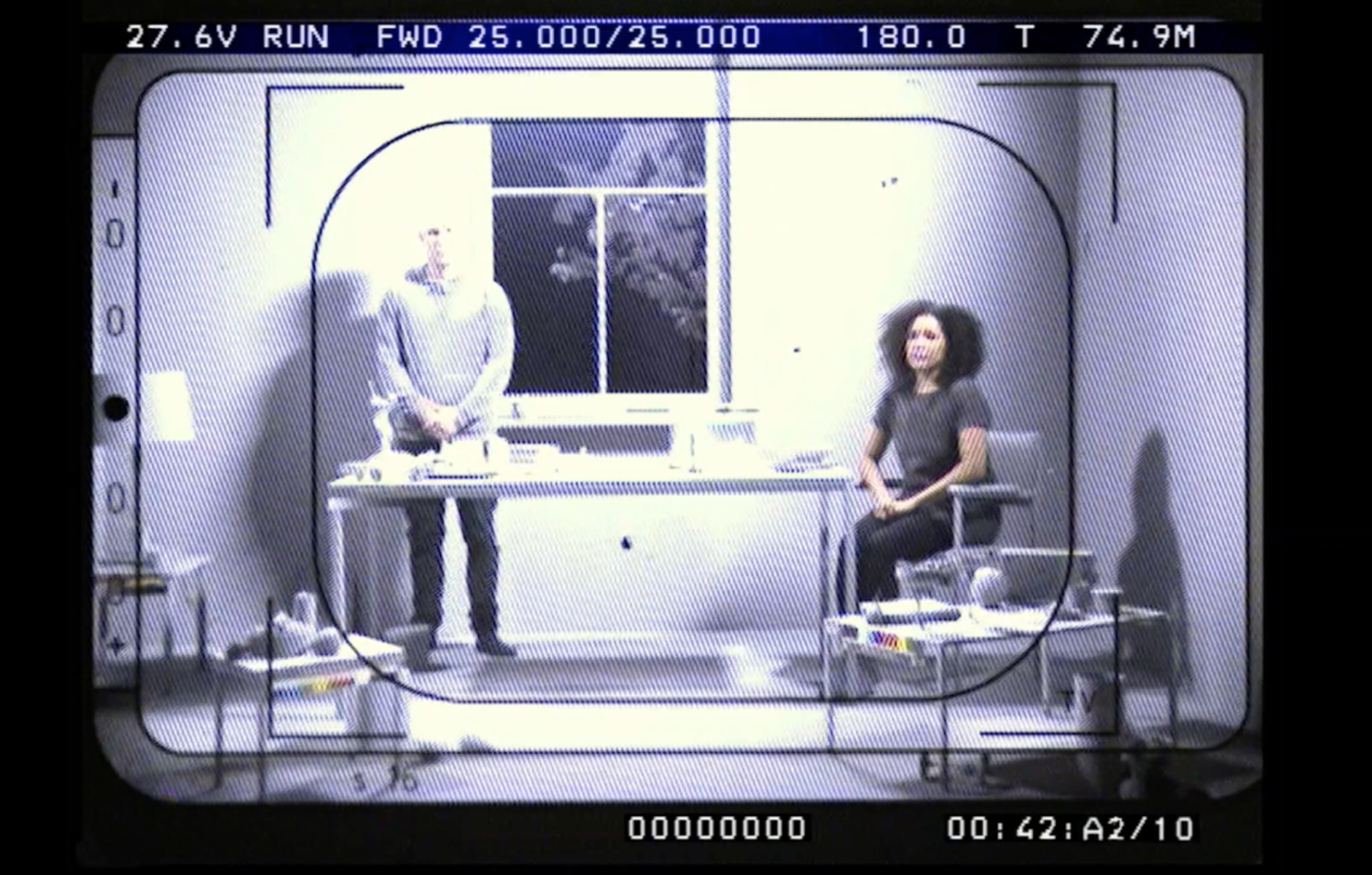
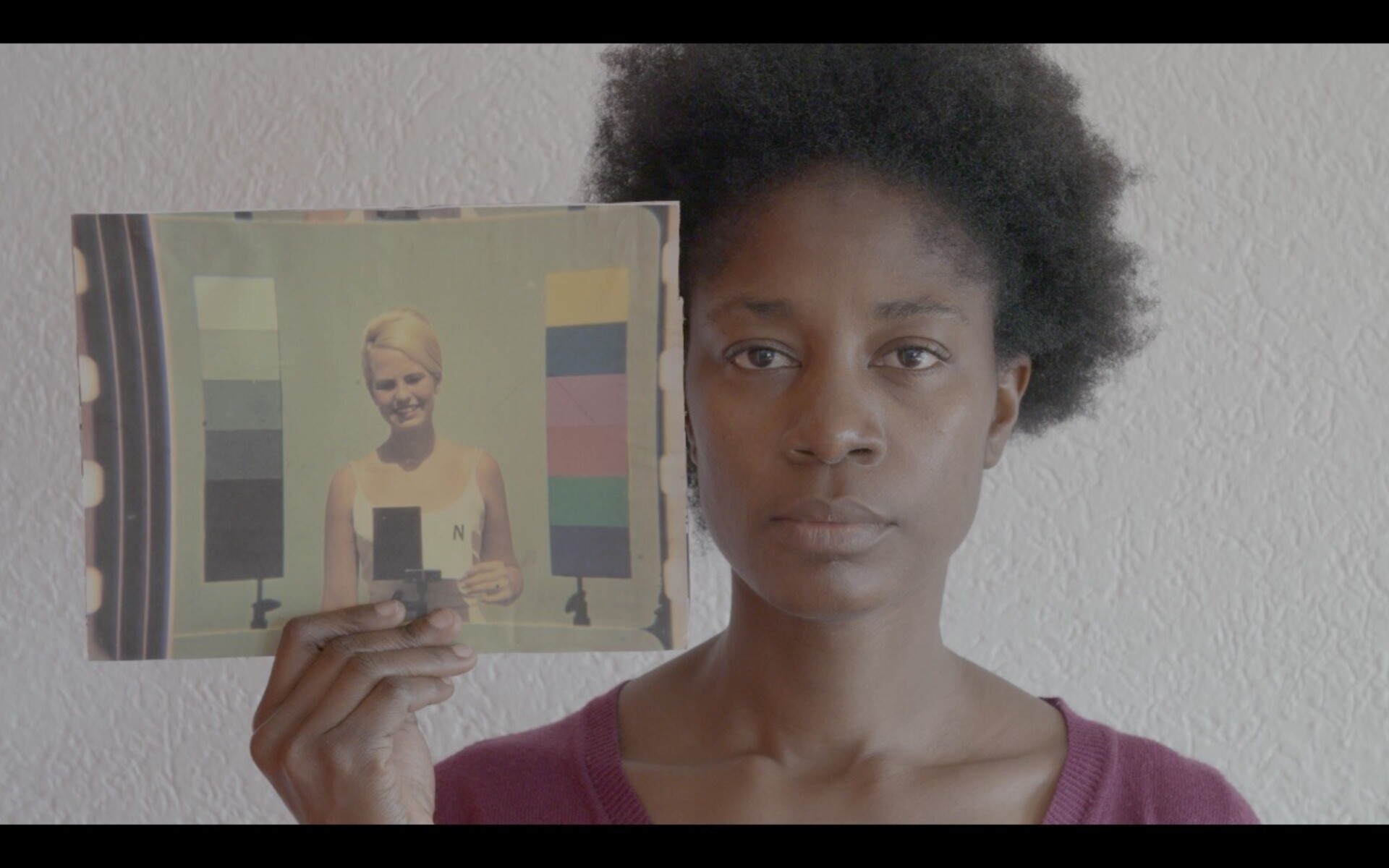
ONRUST
First of all: congratulations. The film has been well received. Recently it was selected at the New York Film Festival and is now touring in the States with projections in Los Angeles, Philadelphia, Chicago, Washington, Berkeley and even at the MoMa, in New York.
An van. Dienderen
I must say, I was over the moon. Apart from my first film I never had screenings in the US. Rosine has a stronger foothold there since Brooklyn based Icarus Films has been the main distributor of her work.
Rosine Mfetgo Mbakam
Still, it is always a surprise when audience and press welcome your work. I had not expected the reviews to be this positive.
ONRUST
It must be gratifying.
An van. Dienderen
Especially so since we have been working on this project for four years. It has been difficult in terms of budget and workload. On top of that I experienced some serious health issues along the way. But perhaps the most challenging part was the fact that we had very different opinions on the film.
ONRUST
How’s that?
An van. Dienderen
In 2015 I made Lili, which I had been wanting to make for a long time. In my lectures I had already used the example of the China Girls: China Girls have been used in cinema history to calibrate the colours of the camera and to control the quality of the print. The visual format is quite simple: a woman is filmed with colour-grading cards. Few authors have mentioned the problematic factor that the women were almost always white or Caucasian. The Caucasian skin is used as a reference for the grading of camera and printing, ultimately excluding people of colour, as they do not conform to this implicit norm. The China Girls practice started in the 1920s, but is still in use to this date, each time reintroduced in new technologies. When releasing its Photoshop software, Adobe used a white-looking woman as a reference key for colour grading. The reference to China has no relation to the country, but refers to porcelain and to the whiteness of that material, hence accentuating the whiteness of the tradition of China Girls. The practice shows that technology isn’t neutral, but that it is very much intertwined with ideology.
ONRUST
How about your own film?
An van. Dienderen
Well, the feedback I got when Lili was screened was that I had made a typical white film. Not only were the makers and actors white, but also my perspective. I was a little shocked at first, but I took it to heart. When later I saw the work of Rosine and Eleonore, I was so blown away that I immediately wanted to work with them. But perhaps that was the most challenging part of making the film, since it turned out we had very different ideas about it.
Rosine Mfetgo Mbakam
At first we struggled to find a balance. As a white woman An did not share the same relation with the subject. Our experiences are completely different. Eleonore and I pushed for a different way to present it.
An van. Dienderen
True. My initial idea was to treat the film as a sort of cadavre exquis. We would each shoot our own footage so the viewer wouldn’t know which part was done by whom. The result was experimental, but also disturbing in that it did not represent the different point of views. It then dawned on me, as Rosine and Eleonore pointed out, that as a white person I had been setting out the rules. We then adopted a more organic approach and over time found the proper form. Inserting our skype conversations turned out to be a key step.
Rosine Mfetgo Mbakam
An’s initial footage experimented with the camera. My scope however was beyond the technological. As I say in the film, with a good lighting you can solve the problem. To me the technical subject was a pretext. I am more interested in the issue of representation, strategies to film or talk about Africa.
ONRUST
On that note, how did you experience your training at INSAS in Brssels, a European film school after all.
Rosine Mfetgo Mbakam
Kind of rigid, to be honest. In the ideas that were transmitted, the sort of cinema that was shown. It was very Eurocentric, with little room to develop a different perspective. I mean, there’s Asian cinema, Indian, African, Iranien… They all present different ways to tell a story. In a sense I feel we have to deconstruct what we have studied, to be able to find a proper visual language.
An van. Dienderen
That’s why we thought it important to film in PRISM some of the schools, INSAS and KASK in particular. They are places where tradition is transmitted and innovation starts. I want to question those public spaces and its Eurocentric tradition. When I was making Cherry Blossoms for instance I mingled footage of the European Parliament with experiences of young Japanese people, as if to challenge some of that Eurocentrism.

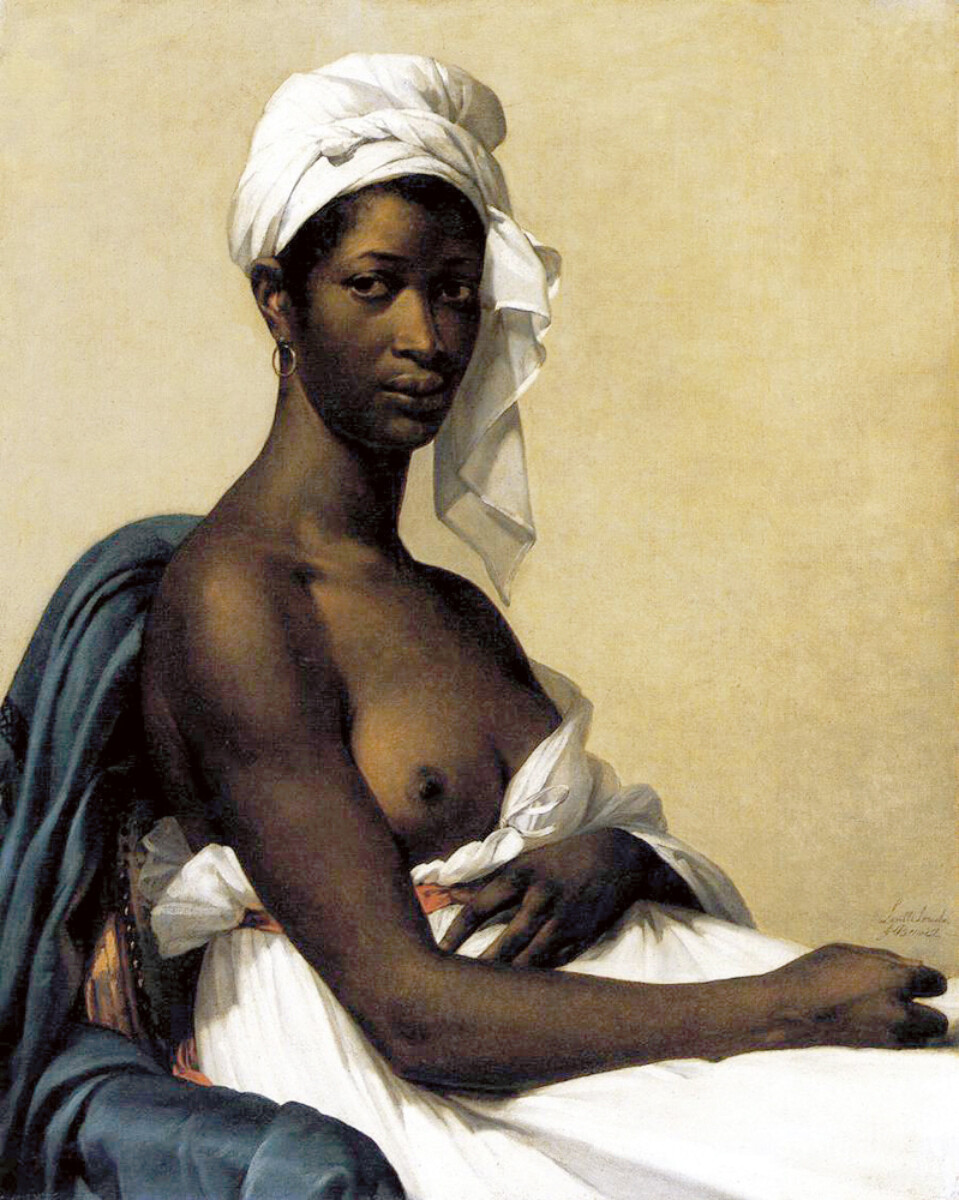
ONRUST
The film also contains a re-imagining of the famous ‘Portrait of Madeleine’ by the French painter Marie-Guillemine Benoist. Is that a reckoning with European exoticist tendencies?
Rosine Mfetgo Mbakam
I wouldn’t call it exoticism. It was a revolutionary painting at the time. What I want to reveal is the construction of the imagery of black people, and how it began. I asked myself: do I as an African woman recognize myself. I got rid of the stuff that didn’t sit well with me. In that sense, it’s more of a reconstruction of how I would have liked it to be. It’s what Maya Angelou, whose poetry is in the film, did for literature. She sought to free black people from their inferiority complex. She gave me the idea that I could write too. I hope our film does the same to others. How else can you imagine a future as an African artist if you don’t see people like you that are artists? People need to be able to identify. For myself, I know that for a long time, I didn’t listen to that feeling. I thought I needed work that allowed to make a living. But it wasn’t what I wanted. I believe there are a lot of people in Africa, who don’t act out on their dreams.
An van. Dienderen
PRISM is also an invitation to us as teachers, to reflect on the curriculum into a more inclusive one and how it can represent a more diverse society. In my master seminar I show films made by women, people from the diaspora, ethnic minorities… Sure, the cultural world in Belgium has made progress, but it is not enough. In that sense, our film is not just about technology, but an invitation to engage in these debates. PRISM problematizes the neutrality of the camera and its inequality of power to tackle other inequalities in society based on skin colour.
ONRUST
Are people from an occidental intellectual tradition eligible to make those changes? Do they have the proper knowledge to present educational content from elsewhere?
Rosine Mfetgo Mbakam
They don’t have to do it by themselves. There is the option of organizing symposia. We recently had one at KASK, organized by The School of Speculative Documentary, on 25.02.2019, at Kaaitheater Brussels. Artists from very different traditions were present and I do believe it opened up vista’s for many of the students. At least, that’s what it did for me. Also, teachers shouldn’t be afraid to tackle texts, films and other cultural objects of different traditions and look at them from that other perspective, trying to take the place of the author and coming to grips with her intentions. That’s what people of other cultural backgrounds have to do all the time. I myself grew up looking at films of European directors. Consequently I had no choice than to put myself in their place. It then dawned on me that in terms of emotions, the distance wasn’t always so great.
An van. Dienderen
In one of my classes I showed the documentary Afrique, je te plumerai… by Jean-Marie Teno. It’s a film in the first person about the decolonization of Cameroon. And yes, it was difficult for the students to really grasp the impact of that history. But instead of dismissing it, we looked at it twice. These things take time. It always surprises me how little we know about the colonial history in Congo and which impact that history has on contemporary Congo for instance. This is still a very big shortcoming of educational programs.
ONRUST
Then when can we see the film here?
Rosine Mfetgo Mbakam
We will organize a screening in KASKcinema during the Courtisane festival. It will be an extension of Cinéma Caravane, which is an initiative to make African cinema better known. Both students of Europe and Cameroon will attend, as to overcome the physical distance and inspire debate and the sharing of opinions.
ONRUST
Looking forward. Thank you very much.
Text: Régis Dragonetti.

